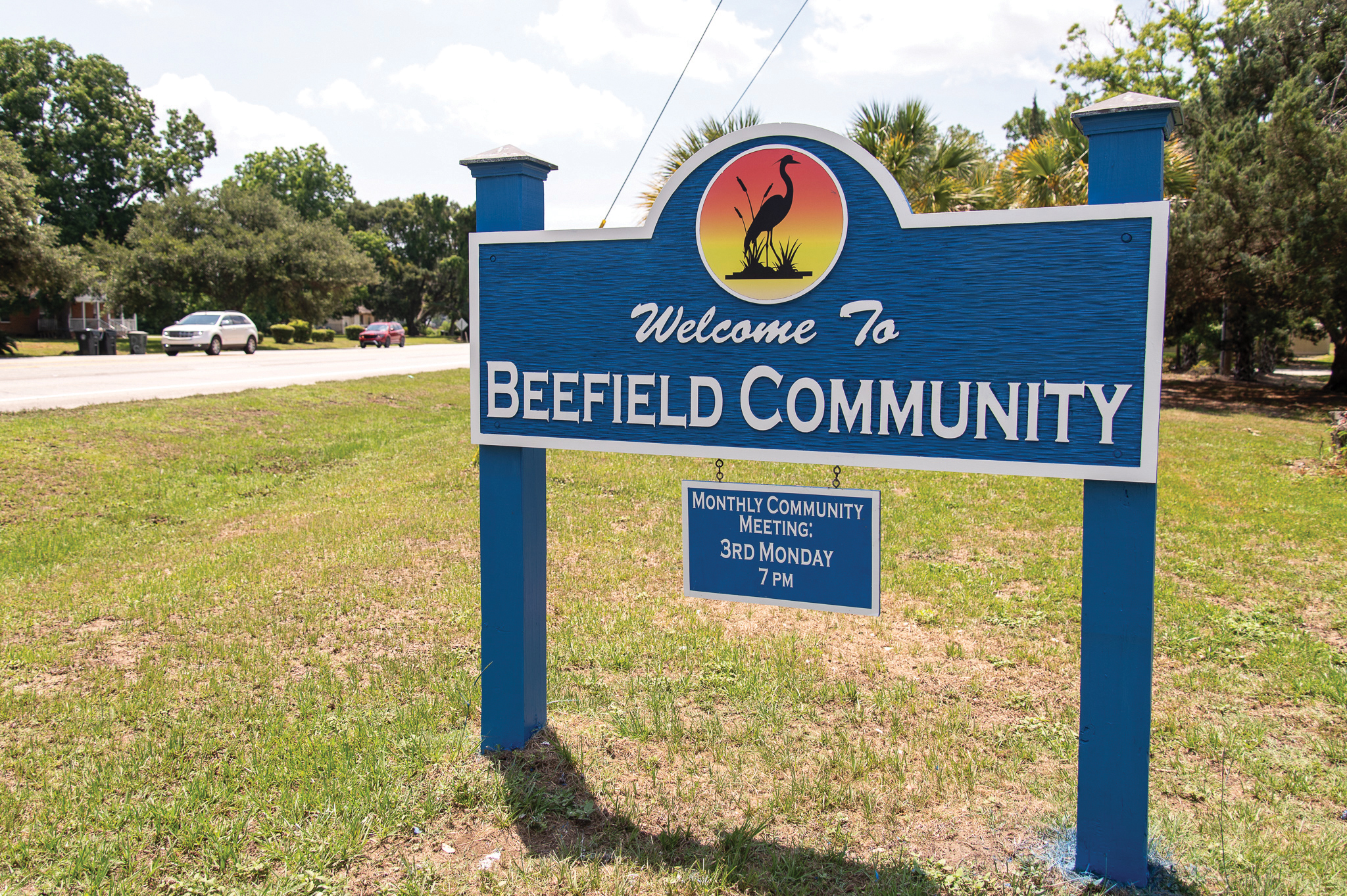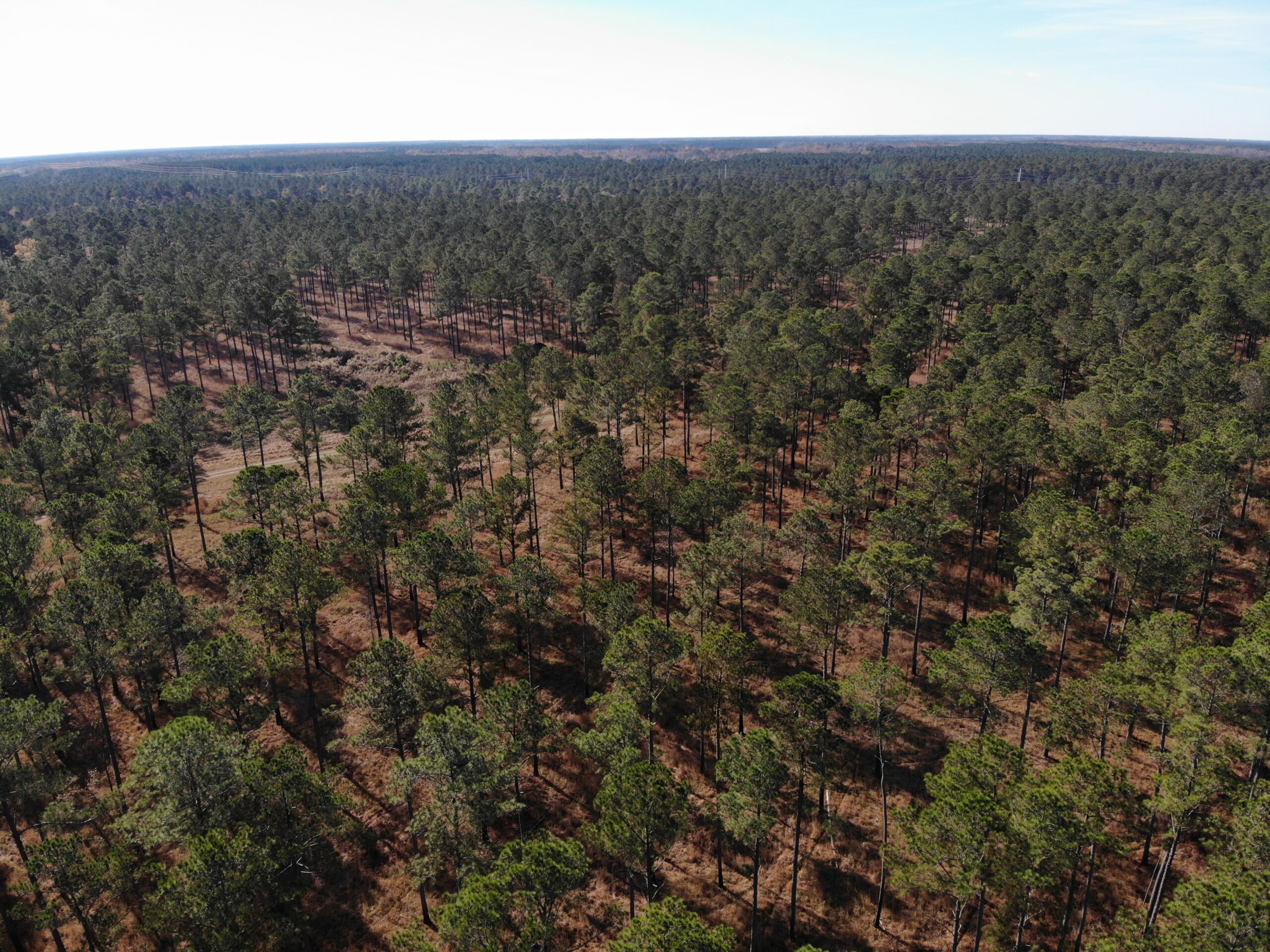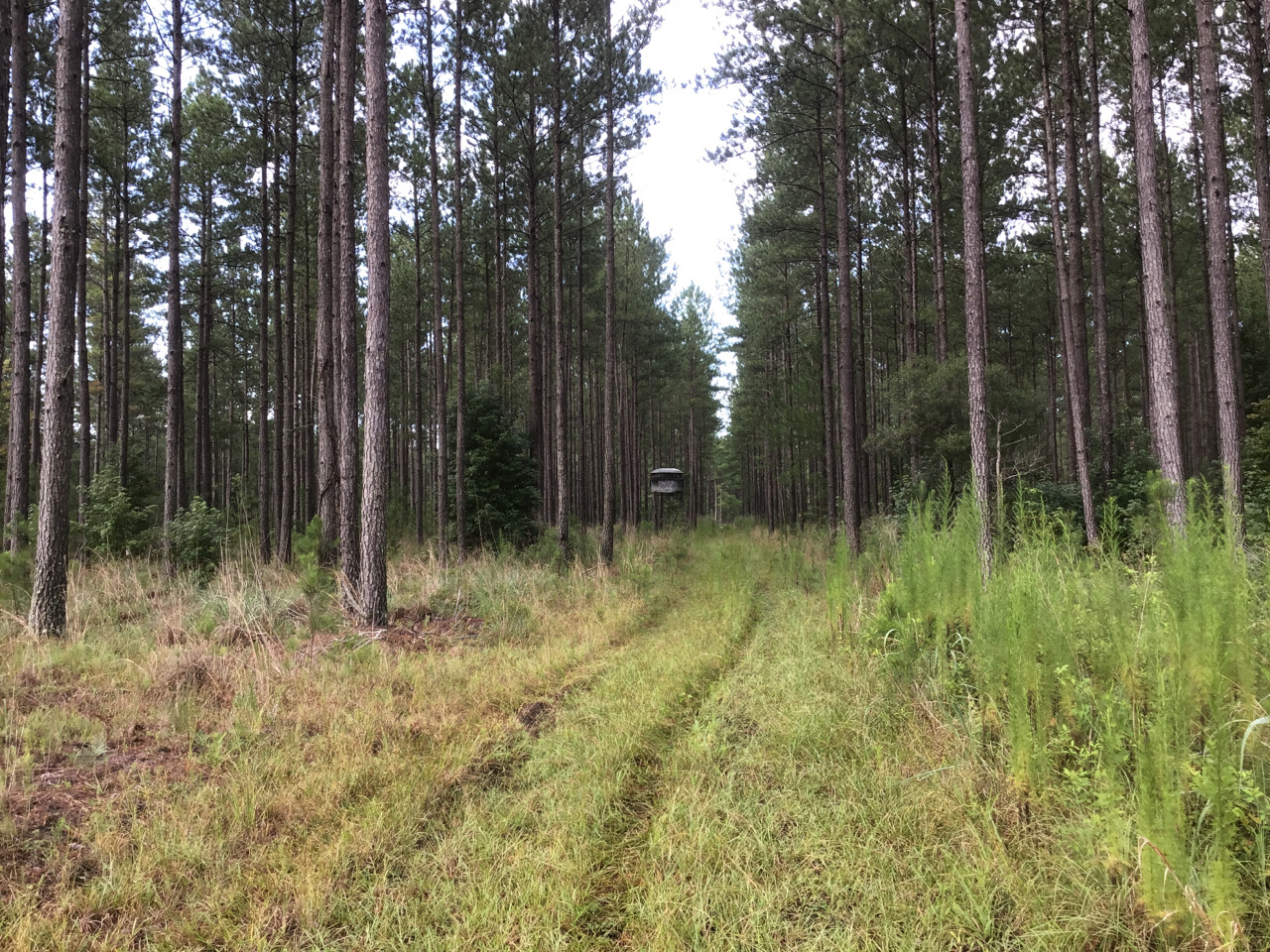Coastal erosion is a major problem in the Lowcountry. The constant battering by waves and the periodic blasts by storms slowly eat away at South Carolina’s nearly 2,876 miles of coastline. One way to stop, and even reverse erosion in some cases, is to install a living shoreline. A living shoreline is an erosion control method that utilizes natural materials to stabilize the shoreline. As a result of its use of natural materials, it is often called “green infrastructure” as opposed to traditional “gray infrastructure” which would include erosion control methods like bulkheads and revetments.
Recently, Lowcountry Land Trust has been working with SCORE (South Carolina Oyster Restoration and Enhancement, a program of SC Department of Natural Resources) and US Fish and Wildlife Service to install oyster reefs, a kind of living shoreline, at several different properties around Charleston County.
Oyster reefs are particularly effective because of how prolific oysters are in our Lowcountry waters. If we provide a substrate (in most cases bags of oyster shells on some sort of concrete, wood, or recycled material structure), oysters will colonize creating a buffer between the water and the shore. By placing an oyster reef along the shoreline, the oyster reef reduces the wave energy that hits the shore and allows sediment to settle behind it rather than being swept downstream. As sediment accretes, vegetation is able to move in which helps stabilize the shoreline preventing future erosion.
SCDHEC and SC DNR are working hard to address one of the disadvantages to installing a living shoreline- the lengthy permit process- through research into best practices. The goal of this research is to provide the background and information necessary for our permit authority to formulate science-based regulations which would streamline the permit process, thus making it more accessible and affordable for landowners to install a living shoreline. We are proud to be partnering with these agencies to explore solutions that support a healthier environment, and hopefully, we will begin seeing more and more green infrastructure pop up around the Lowcountry.

Graphic Credit: National Ocean Service
Disadvantages of Living Shoreline:
- A longer and more expensive permit process as compared to gray infrastructure
- Does not work on high energy or highly sloped sites
Advantages of Living Shorelines:
- Initial cost and maintenance cost tend to be lower than gray counterparts
- Designed to encourage vegetation growth, which can result in shoreline growth
- Provide habitat and access to the water
- Purify water
If you are interested in learning more about living shorelines, please peruse the list of resources below. If you want to see a living shoreline in person, check out our events page or sign up for our email list to get notified of when we have projects like building a living shoreline or monitoring an existing one!
Resources:
For more general information Living Shoreline Academy
For examples of projects around the country
For updates on the process to update the living shoreline permit process and the ongoing research to do so
For a recent PBS article and video





